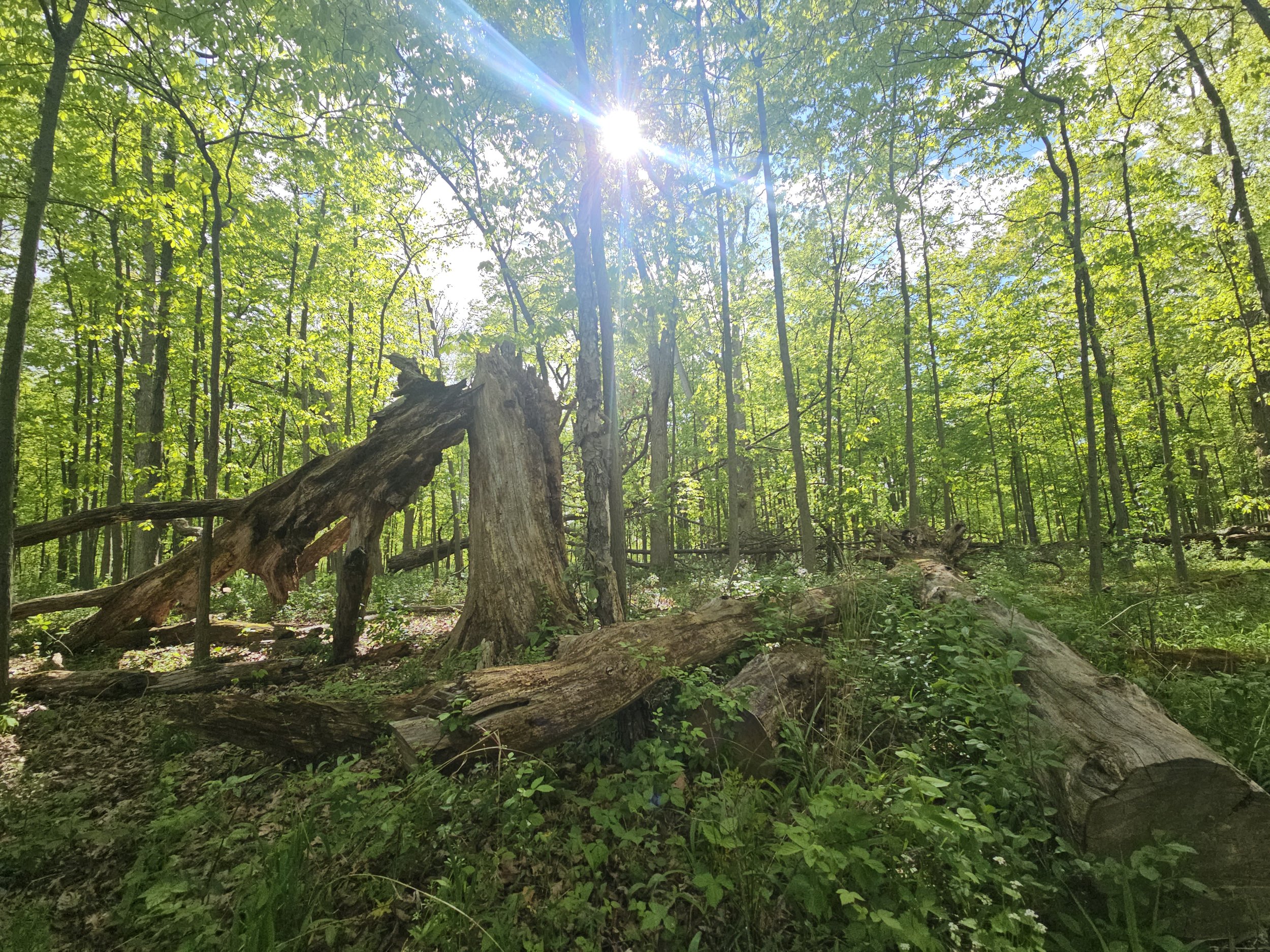Humbug Marsh Unit - Detroit International Wildlife Refuge
The 405.16-acre Humbug Marsh Unit is a major part of the conservation crescent of the lower Detroit River - including Humbug mainland, Calf Island, Gibraltar Bay and Sugar Island - and a hotspot of biodiversity in an urban landscape. Sitting south of the Refuge Gateway, Humbug Marsh is mostly forested with some areas that were clear-cut in December 1998. In 2004, the property was purchased by the refuge after a group of local supporters stopped development that would have forever changed the face of the river and surrounding lands. The parcel represents the last mile of undeveloped shoreline along the U.S. mainland of the Detroit River and contains important habitat for many rare fish and wildlife species. Humbug Marsh was designated as Michigan's first Wetland of International Importance in 2010 by the Ramsar Convention on Wetlands.
This wet mesic flatwoods habitat is underlain by poorly drained stiff clay that can hold water for prolonged periods. Shagbark hickory, oak, ash and elm trees dominate the landscape in a mosaicked fashion across the unit with rough-leaved dogwood and goldenrod species present in early successional habitats. The coastal wetland is dominated by bulrushes, native and naturalized grasses, cattail and invasive phragmites. An ever-changing habitat that is dependent on Great Lake water levels, Humbug Marsh is a major repository of species and preservation of ecosystem processes.






View All Network Forests in the State of Michigan
View All Network Forests in the U.S.
View All Forest Designations
